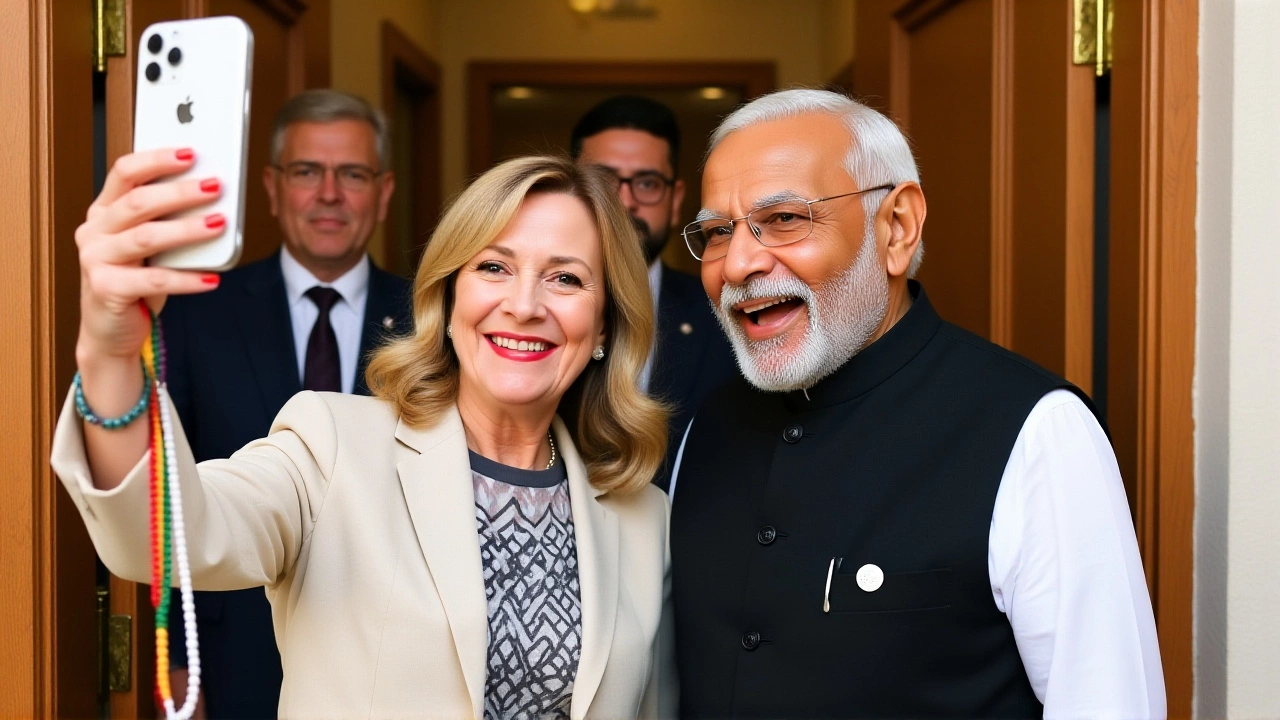G7 Summit: What It Is, Who’s Involved, and Why It Matters
When you hear G7 summit, a yearly meeting of the seven largest advanced economies in the world. Also known as the Group of Seven, it’s where leaders from the U.S., Canada, Japan, Germany, France, Italy, and the U.K. sit down to decide on global priorities—from war and trade to climate and AI. It’s not a UN meeting. It’s not a G20 summit. This is a tight-knit club of nations that together control more than half the world’s economic output. They don’t make binding laws, but their decisions ripple through markets, energy prices, and even local news in places like Tirunelveli.
Why should you care? Because when the G7 agrees on sanctions against a country, it affects global supply chains. When they pledge billions for climate projects, it shifts how clean energy is funded worldwide. When they push for tech regulations, it changes what apps and devices you use. Recent summits have focused heavily on countering China’s influence, supporting Ukraine, and setting rules for AI development. These aren’t abstract talks—they’re behind the rising cost of electronics, the price of oil, and even how fast India can export goods to Europe.
The G7 countries, the seven major advanced economies that form the core of this group. Also known as the Group of Seven, it’s where leaders from the U.S., Canada, Japan, Germany, France, Italy, and the U.K. sit down to decide on global priorities—from war and trade to climate and AI. don’t just meet to talk. They release joint statements that become policy blueprints. The global economy, the interconnected system of trade, finance, and production across nations depends on these agreements. A single G7 decision on semiconductor exports can delay phone production in Chennai. A commitment to cut fossil fuel subsidies can make solar panels cheaper in Tamil Nadu. And when they talk about climate policy, international efforts to reduce emissions and adapt to environmental damage, it’s not just about polar bears—it’s about monsoon patterns, crop yields, and water shortages that hit farmers in southern India.
What you’ll find below are stories from the last few years that connect Tirunelveli to those high-level meetings. From how G7 funding helped rebuild infrastructure in war-torn regions, to how tech rules shaped India’s digital laws, these aren’t distant events. They’re part of the chain that leads to your electricity bill, your phone’s price, and the news you read every morning. This isn’t just about world leaders in suits. It’s about how the world works—and how it touches you.
